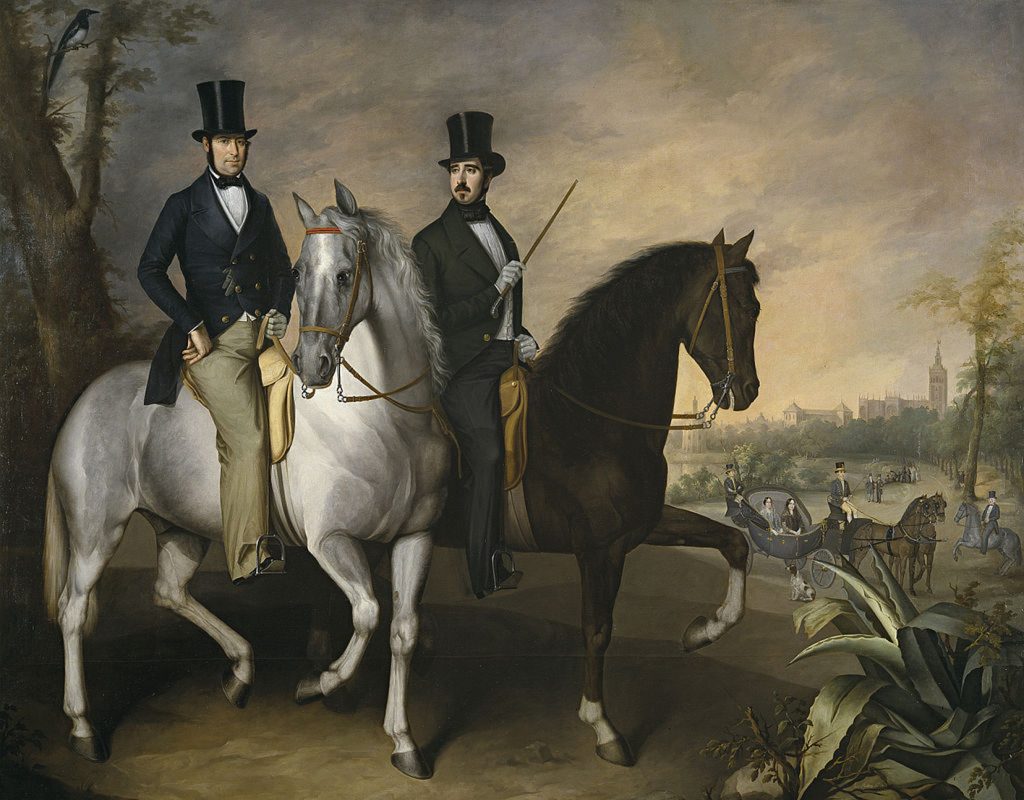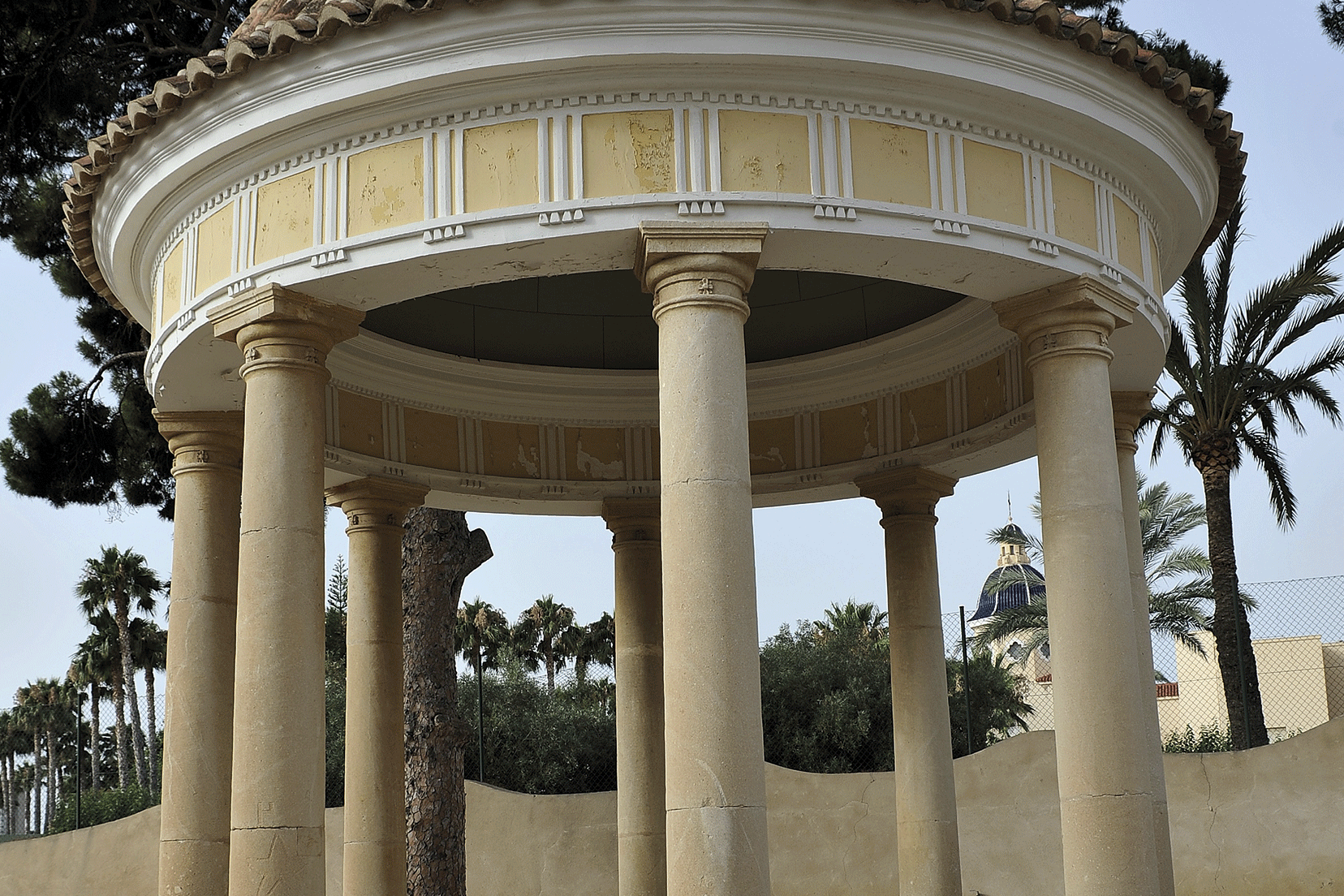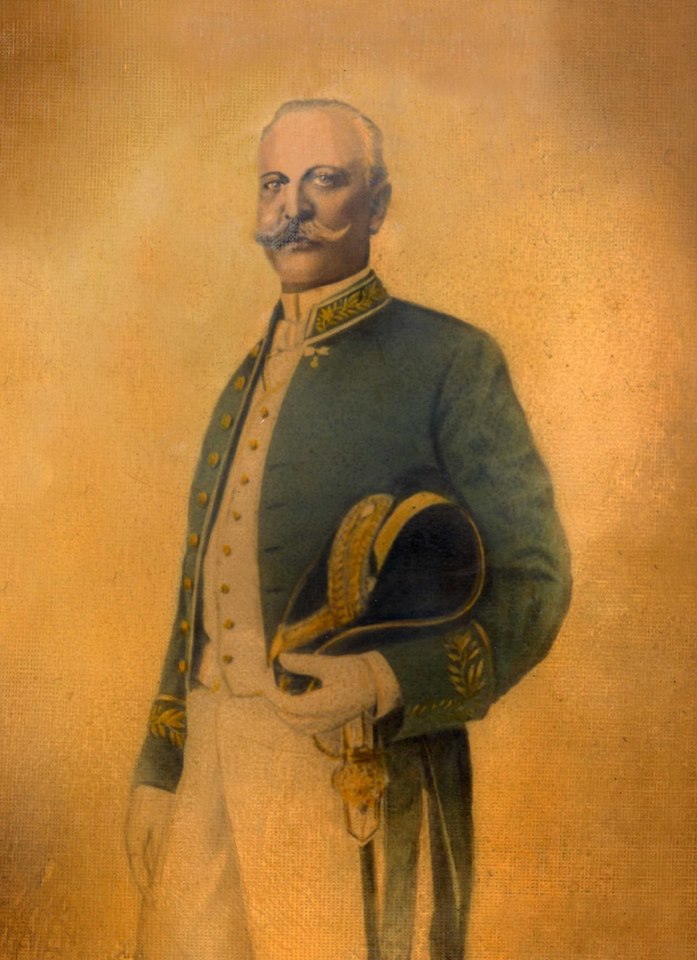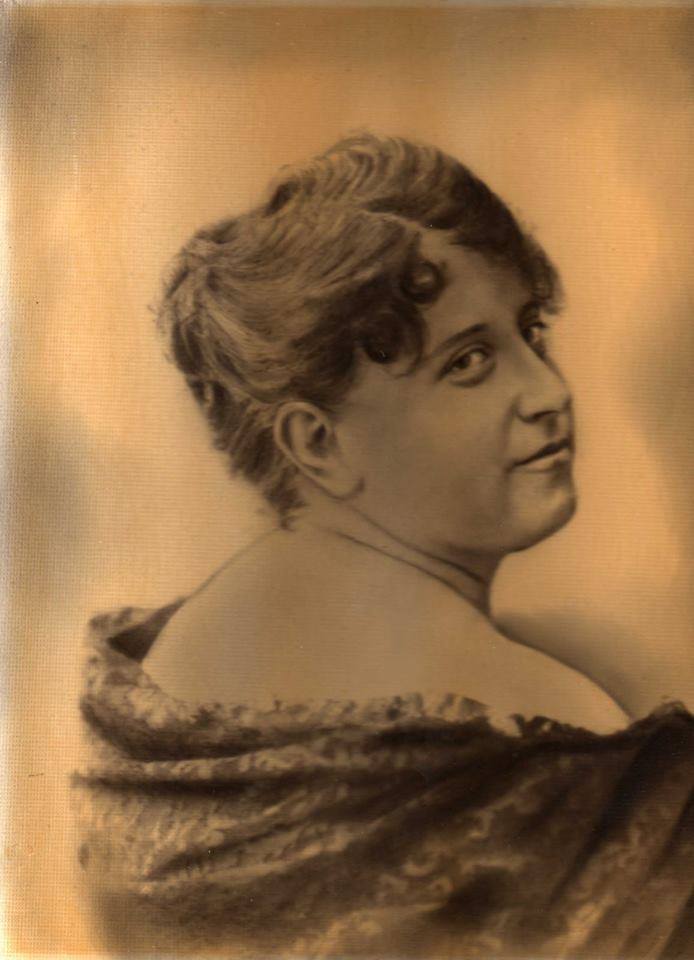Finca Buena Vista or Casa Prytz
It is located in the Benialí area. Of the old rural area and its bourgeois ancestral mansion called Buena Vista, only a few memories remain since, over time, various transformations took place, among which the one carried out in the twenties of the last century stands out, which gave rise to the Prytz House. It is located on Ramón de Campoamor street, nº 25, and is currently owned by the Alicante Provincial Council. Initially it was conceived as a mansion with a ground floor and three floors. Part of the top floor was open and enjoyed terraces with pergolas.
Today it is a four-story building of irregular shape, a consequence of the works produced in the first quarter of the 20th century, with ornamental details typical of that decade. In 2011 it was rehabilitated to house the new offices of the Alicante Institute of the Pedro Herrero Family, which meant the emptying and complete reconstruction of the interior of the property.
The Buena Vista estate appears referenced in the Historical Geographical-Statistical Dictionary of Spain and its Overseas Possessions by Pascual Madoz, who describes the recreational farm around 1845, owned by the merchant D. Vicente Palacios: «Between Santa Faz and San Juan, on the banks of the road, there is a beautiful country estate owned by D. Vicente Palacios de Alicante, called Buena Vista, which contains good rooms with all kinds of comforts, a small garden to the south, to which you go down from the main floor and gallery of the house by a large and spacious staircase, in which there are 3 gazebos, one with a table, another with a swing and another with a fish pond and several chicken coops for peacocks, chickens guinea pigs, doves and other birds; a square patio at the entrance of the property with benches and arches of cypress trees that have a very good effect, and then a fruit orchard with its waterwheel and pond, in which there are also goldfish and is used for geese and ducks. The location of this farm is the most advantageous, as it dominates from the north to the mountains and from the south to the sea.

The III Count of Pinohermoso, D. Juan Roca de Togores y Carrasco, lived in the Buena Vista Estate in the second half of the 19th century. Prado Museum
We know thanks to Rafael Viravens Pastor that, in 1876, Finca Buena Vista was owned by the aristocrat III Count of Pinohermoso, D. Juan Roca de Togores y Carrasco (1801-1883). The Count married on October 9, 1838 in Valencia with Mrs. Inés Sanz de Vallés y Monserrat, Marchioness of Mascarell de San Juan, lady of the queen and of the order of María Luisa, and widow of D. Joaquín León y Frías.
The Count’s family was of high nobility, his paternal great-grandparents being the Princess Mrs. Isabel María Pío de Saboya and her husband D. Antonio Valcárcel y Pérez Pastor. As an anecdote, it was his aunt Mª Antonia Roca de Togores y Valcárcel who inherited the La Princesa estate, also located in Sant Joan in the Fabraquer area.





Did you know that...?
In 1871, Mr. Juan Roca de Togores y Carrasco had given the estate known as Villa Ito to his godson Mr. Juan Viudes, at which time it could have been segregated from the Buena Vista estate, in order to materialize such a gift.
Upon the death of the 3rd Count of Pinohermoso, the Swedish businessman D. Hugo Prytz Carter (1840-1904) bought the estate, who came from Göteborg (Sweden) and established himself as consul of Sweden and Norway in Alicante. In addition, he held the title of Knight of the Royal Order of Charles III and the Royal Order of Vasa in Sweden.
D. Hugo Prytz had settled in Alicante around 1870, where he developed intense economic activity, especially in the almond business of the Alicante Orchard and later, he founded an electrical company. The first electrical society in Alicante was the so-called Prytz & Campos Collective Society, created in 1890. The founding partners were Mr. Hugo Prytz Carter and Mr. Guillermo Campos Carrera, who “They contributed an initial capital of 100,000 pesetas in equal parts.” On May 6 of that same year, Trino Esplá presented to the City Council the plan of the building that would house a power plant, located on Alfonso el Sabio corner Navas, which would become the property of Prytz y Campos. In 1890 there were a total of 809 gas-powered public lighting lanterns in the city, spread across 43 streets and squares, which were gradually replaced over the following years by several companies, such as La Electra Alicantina SA, founded in 1900 by the merchant Ramón Guillén López, although he was mainly dedicated to the operation of electric trams.

Mr. Hugo Prytz Carter

Mrs. Luisa Antoine and Zayas de Larrea
The Prytz & Campos Collective Society inaugurated electric lighting in Alicante on April 14, 1892 and, five years later, expanded its factory with a new 200 HP machine, capable of driving a 120 kilowatt dynamo and thus allowing the supply of up to 6,000 lamps with 16 candles. Later they acquired the Benalúa Electric Light Station.. This waste shows the socioeconomic level that these representatives had.
On May 23, 1904, Hugo Prtyz died and, just eight days later, Guillermo Campos wrote a letter to the mayor announcing the liquidation of the Prytz y Campos company. In 1908, the factory was directed by Trino Esplá, father of Oscar Esplá.
Mr. Hugo Pritz married an Alicante woman, Mrs. Luisa Antoine and Zayas de Larrea. From that moment on, the house began to be called Casa Prytz, where personalities from the world of politics, culture or science were invited, such as D. Emilio Castelar, president of the First Republic in 1873, D. Isaac Peral, inventor of the submarine or the writer Mr. Benito Pérez Galdós. Mr. Hugo Prytz and Ms. Luisa Antoine had 7 children, although only four survived to adulthood: Lorenzo, the eldest was a lawyer and writer and published a novel Rara Avis whose prologue corresponds to Ms. Emilia Pardo Bazán; Manuel, to whom King Alfonso Alfonso XIII dedicated a portrait; Carlos, consul of Cuba in Alicante, ordered the construction of a villa on Foglietti Street in Alicante and upon his death it passed to his brother Manuel who used it as the consulate of Sweden, Norway and the Republic of Panama; and Carmen, singer. Mr. Hugo Prytz and Ms. Luisa Antoine are also the paternal great-great-grandparents of Mrs. Maria Lluïsa Prytz. The family Pantheon is located in the Municipal Cemetery of Alicante and its mausoleum dates from 1904.
D. Hugo Pritz married a woman from Alicante, Mrs. María Luis Antoine Larrea. From that moment on, the house began to be called Casa Prytz, where personalities from the world of politics, culture or science were invited, such as D. Emilio Castelar, president of the First Republic in 1873, D. Isaac Peral, inventor of the submarine or the writerD. Benito Pérez Galdós.
Regarding the 20th century, the house was rebuilt between the 1920s and 1930s. The entrance to the property is through a modernist doorway, perhaps designed by the Dutch architect Granzaurin. Despite the modifications suffered, original ornamental elements such as the simulation of ashlar on the exterior walls remain. Different eclectic motifs with academic roots also stand out on cornices, railings and molded fencing, the exterior staircase leading to the main floor and the entrance door, which forms an exedra with modernist volumes and ornaments in iron and stone.
In February 1932 its owner was Mr. Manuel Prytz Antoine, who inherited it from his brother Carlos. A few months later, Mr. Manuel donated the property to the Alicante city council, with the aim of it serving as accommodation during his visits to the heads of state, a purpose that was never carried out.
Subsequently, the property passed to the Provincial Council of Alicante through exchange. Starting in 1941, it became a Psychiatric Farm for women. Later the Provincial Psychiatric Hospital was built, so the property lost its use and was abandoned. During that period it housed a feed warehouse, a dovecote and a chicken coop. This building is currently registered as a Monument of Local Interest.
Nowadays, if we approach Alicante, we can find sculptures and monuments that adorn the Parque de Canalejas belonging to the Finca Prytz and that in the 40s were moved to their current location, as a result of the donation from the owner family to the City Council of Alicante. Alicante. Among these sculptures, a pair of dogs stands out flanking the entrance from the Explanada de España, a pair of lions at the entrance from Avenida del Dr. Gadea and the “Niño Fluutista” fountain.
